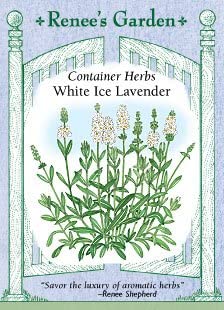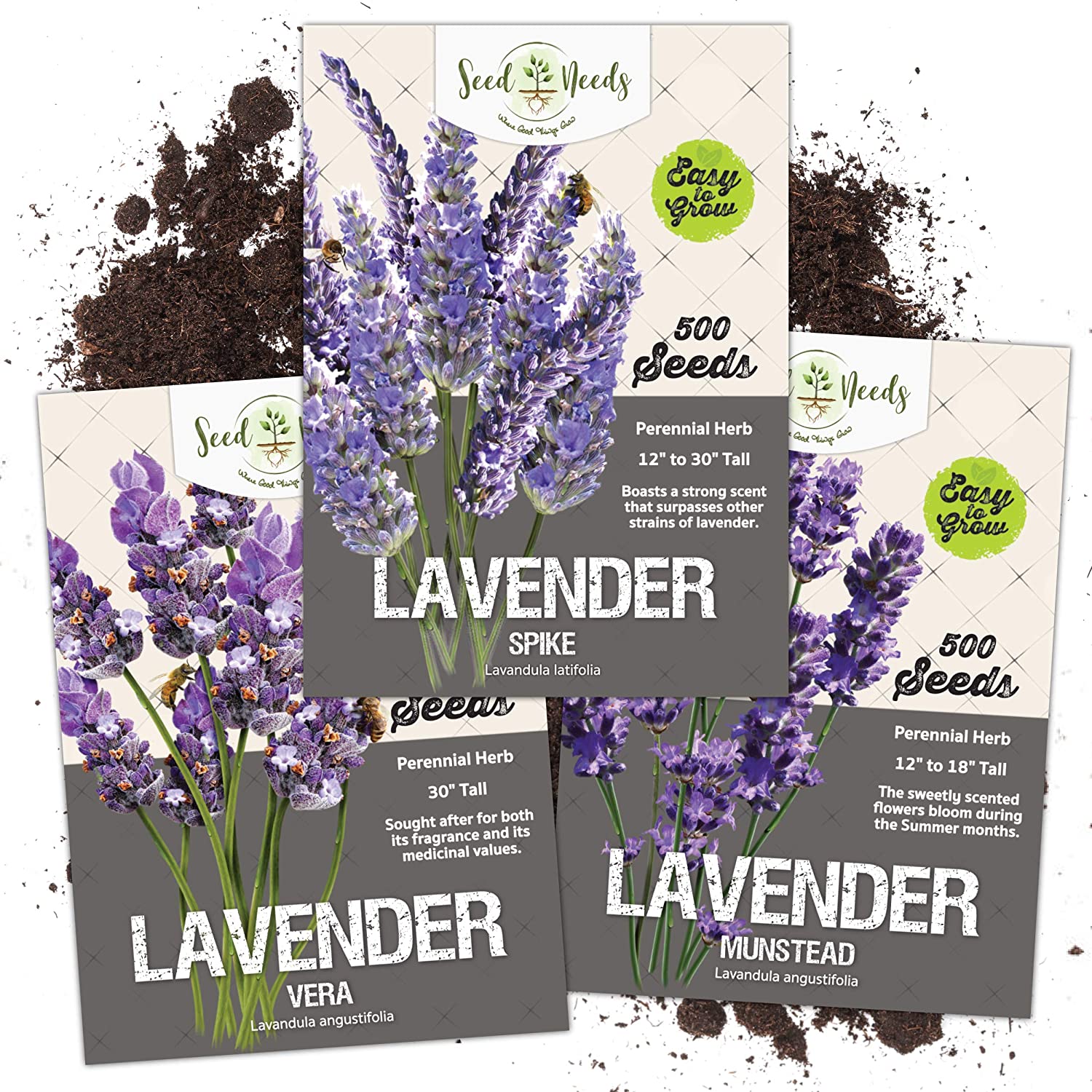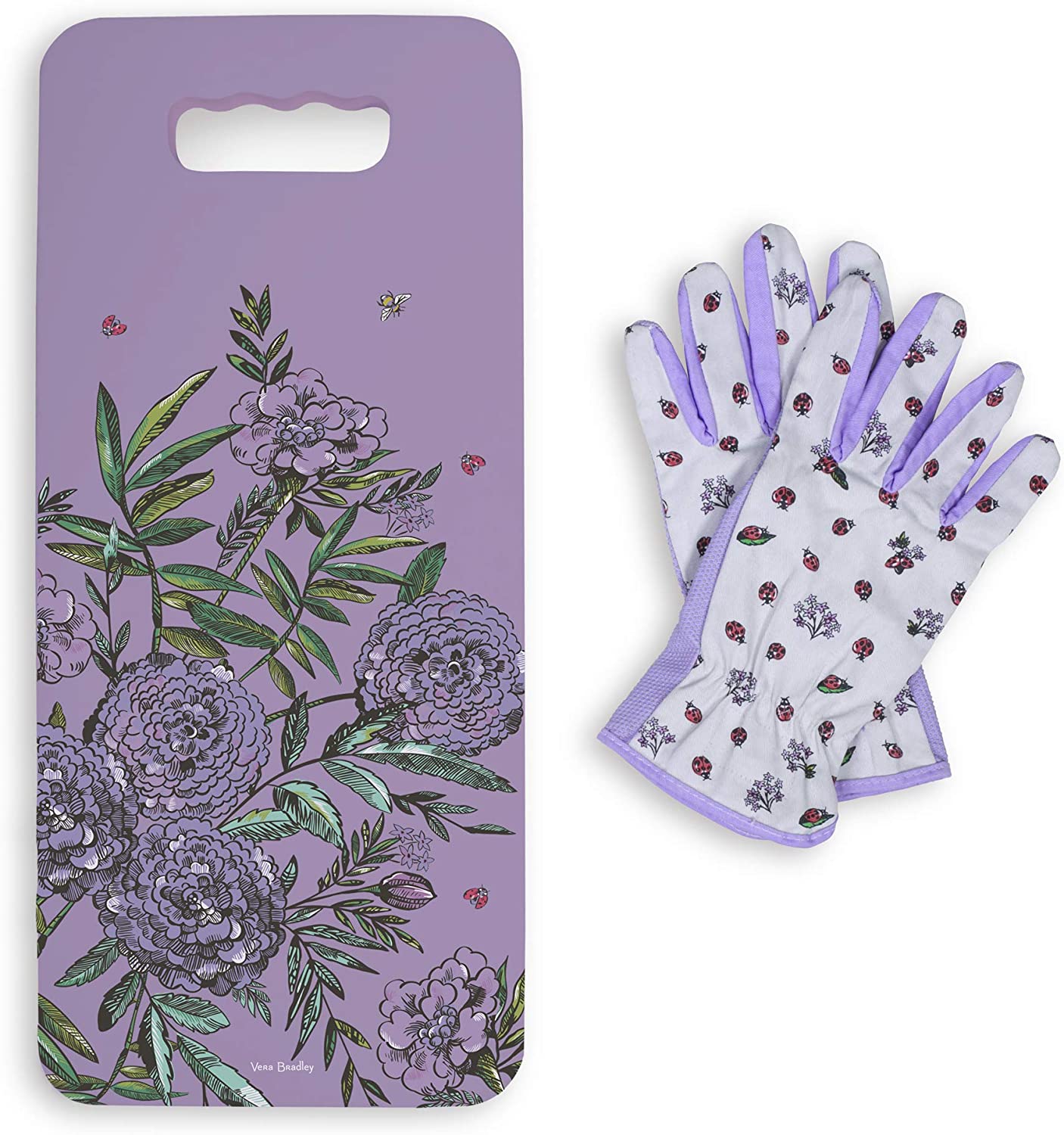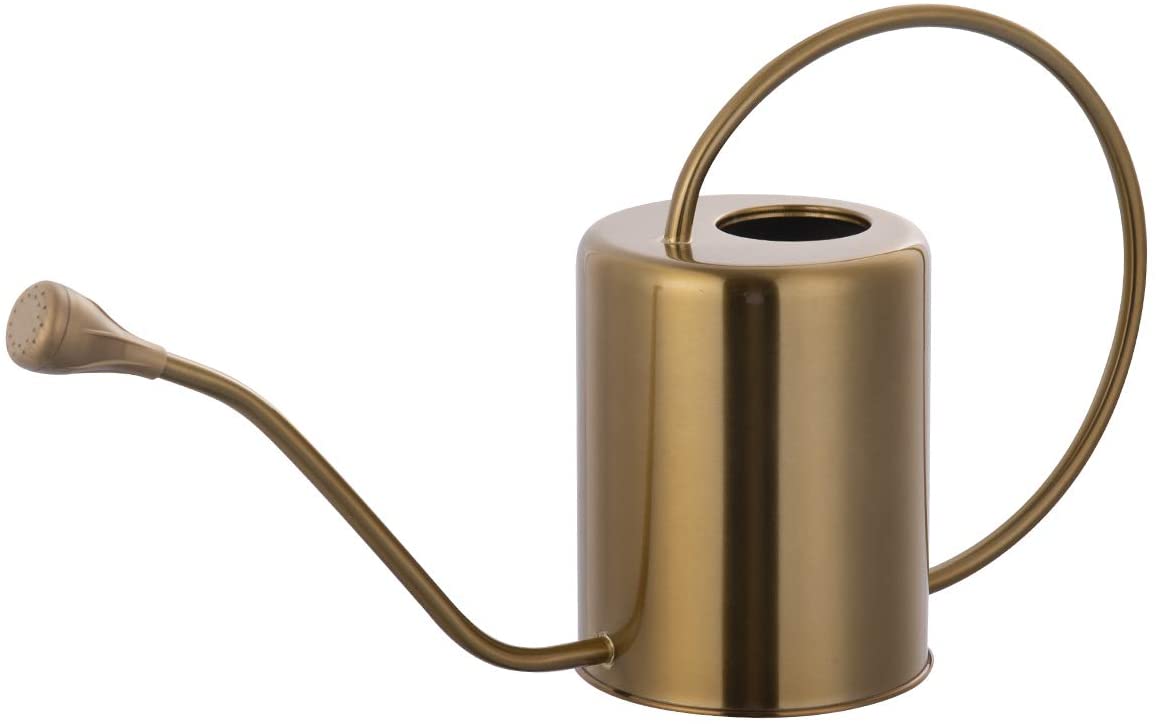Lets start with choosing the variety of lavender to grow. The strongest fragrant lavender is the Lavandin lavender (Lavandula x intermedia), hardy in U.S. Department of Agriculture plant hardiness zones 5 through 8 or 9, is a hybrid of two species, English lavender (Lavandula angustifolia) and latifolia lavender (Lavandula latifolia). Lavandins are grown commercially for the production of oil of lavender. Although my favorite is the french type called “Grosso”. Commonly grown in the lavender fields of France, ‘Grosso’ lavandin plants are often used in making perfumes and sachets, but I have so many species of Lavender, including; white, pink, yellow and burgundy. Now your probably thinking “what?” “Lavender comes in different colors besides lavender?” Yes it does, and they are equally as fragrant as the common species.
Varieties of Lavender:
English Lavender:
- Lavandula angustifolia ‘Hidcote’ is a lower variety (about 20 inches) with a mounded growth habit.
- L. angustifolia ‘Hidcote Giant’ is a larger version, achieving a height of 36 to 40 inches.
- L. angustifolia ‘Munstead’ is a short, 12-inch-tall variety with flowers that combine blue, lavender, pink, and purple.
- L. angustifolia ‘Sarah’ is a 6- to 24-inch tall cultivar with violet flowers.
- L. angustifolia ‘Jean Davis’ has light-pink flowers and grows to 20 to 24 inches.

French Lavender:
- Lavandula Stoechas ‘fathead’ the fathead lavender grows dense, plump deep violet flower spikes from late spring to late summer. The light purple or mauve flags create a nice contrast. The dark grayish green foliage is highly aromatic. Grows upto 24 inches.
USDA Hardiness Zone: 8-9
Utility: Mass planting, evergreen garden borders and hedges - L. Stoechas ‘Portuguese Giant’ A quite robust variety of French lavender from Portugal, it has been introduced to the gardening world quite recently. The flowers bloom in late spring, with the blooming season continuing throughout summer, and into fall. True to the name, the flower stalks grow around a foot long. Grows up to 3 feet.
USDA Hardiness Zone: 7-10
Utility: Summer garden hedges, mass planting, in butterfly gardens - Lavandula x intermedia ‘Provence’Commercially grown mainly in Provence, France, this variety grows long purple-mauve flower stalks having an intoxicating scent. The plants are extremely tolerant to heat and humidity, blooming in summer. Grows up to 3 feet.
USDA Hardiness Zone: 5-9
Utility: Mass planting, garden borders, hedges; in dry flower arrangements, wreaths and lavender wands - Lavandula stoechas ‘Anouk’ dwarf variety, with stunning purple-lilac flowers, and lush silvery green foliage. The blooming season is early in the spring, continuing to mid-spring or early summer. Only grows up to 12 inches.
USDA Hardiness Zone: 7 to 10
Utility: Short borders, flowerbeds, and mass planting
Pink Lavender Varieties:

Lavandula stoechas ‘Ballerina’ A frost-tolerant variety originally from New Zealand, the evergreen shrub grows upright with aromatic silvery-green foliage, producing unique pink flowers that develop as white bracts, changing color as they mature. Has a rather long blooming season from late spring continuing through summer. Grows up to 2-3 feet.
USDA Hardiness Zone: 8-10
Utility: Colorful borders, flowerbeds, and hedges

Lavandula angustifolia ‘Miss Katherine’ Producing rather unique pink flowers with a strong scent, this variety blooms around late spring to early summer. One of the darkest pink varieties, the evergreen plant is quite hardy to hot dry conditions. Grows up to 2 feet.
USDA Hardiness Zone: 5-9
Utility: Mass planting; perennial hedges, and borders in medium gardens

Lavandula angustifolia ‘Sweet Pink Melissa’ The fragrant flowers of this English lavender varity emerges as pure white but take on a delicate pink blush as they age. Upright and compact with gray green leaves, this variety blooms longer than other pink-flowered lavenders. It’s perfect for borders, rock gardens, and containers.
USDA Hardiness Zone: 5-8
(I grow this one in my garden beautiful & Fragrant)

Lavandula angustifolia ‘Rosea’ A rose-pink variety of lavender with frothy flower spikes, it is often planted in gardens and flowerbeds along with roses and peonies. The plants are quite hardy with an average growth rate, flowering around late spring to summer. Grows up to 3 feet.
USDA Hardiness Zone: 5-8
Red Variety:

Lavandula stoechas ‘Kew Red’ A compact perennial from Europe and northwestern Africa, its flowers are carmine in color with white with red ears that contrast the light green foliage. The blooming time is from late spring, extending to late summer or early fall. Grows up to 12 inches.
USDA Hardiness Zone: 7-9
Utility: Mass planting, flowerbeds and container planting
White Lavender Varieties:

Lavandula angustifolia ‘Nana Alba’ This is a white lavender variety, with the sweet fragrant flowers growing in short stiff spines over the short bushy foliage comprising of narrow grayish leaves. One of the most popular miniature types, they bloom around midsummer. Grows up to 12 inches.
USDA Hardiness Zone: 5-8
Utility: Short borders, and flowerbeds.

Lavandula angustifolia ‘Arctic Snow’ As suggested by the name, it produces dense snow white fragrant flower spikes that create an attractive contrast with the silver-green foliage. Flowering season starts late in summer. Grows up to 2 feet.
USDA Hardiness Zone: 7-10
Utility: Ideal for short informal walkway borders or hedges as well as for containers.

Lavandula angustifolia ‘Blue Mountain White’ fragrant white lavender variety, it flowers from late spring to early fall, requiring little care besides full sunlight conditions. The bronze foliage comes in nice contrast with the white flower growing on long upright stems. Grows up to 2 feet.
USDA Hardiness Zone: 5-11
Utility: For flowerbeds, borders; flower stalks suitable for cutting and drying.

Lavandula x intermedia ‘Edelweiss’ it grows white flower spikes, which look stunning when planted with other darker lavender cultivars. The flower buds look pinkish before the flowers appear. Extended, looming season starts in spring, continuing through summer to fall. Grows up to 2 feet.
USDA Hardiness Zone: 5-11
Utility: Ground cover, hedges; fragrant fresh and dried flower arrangements and crafts.
Growing Conditions for Lavender:
Light: Grow lavender in full sun. Shady locations will cause the plant to get leggy, with reduced flower production. In very hot climates, though, the plants respond well to some partial sun in the heat of the afternoon.
Soil: Must be planted in a relatively sandy, well-drained soil; damp soils frequently cause root rot. Strive for a soil similar to its native Mediterranean region; adding organic material to the soil is not only unnecessary but may cause problems. To combat humidity problems, it is best to mulch them with rock or gravel rather than organic mulch.
Water: Young plants should be watered well, but once established they are quite drought-tolerant and don’t like too much water. Water mature plants as needed for your climate, increasing the frequency after flower buds form to promote a healthy harvest.
Fertilizer: Lavender doesn’t usually need any fertilizer.


Harvesting
To dry this perennial plant, harvest the flowers just as they open, then hang them to dry in a dark room with plenty of ventilation.
Related
Krystle Kelley
SHARE YOUR COMMENTS, WE WANT TO HEAR YOUR THOUGHTS! REGISTER TODAY!






You must be logged in to post a comment.